Review: Motorola CLIQ XT
Mar 16, 2010, 2:00 PM by Eric M. Zeman
Motorola's CLIQ XT is an all around better handset than either the CLIQ or the Backflip. Improved battery life, improved performance and an improved music experience earn the CLIQ XT high(er) praise.
Form
Is It Your Type?

The Motorola Cliq XT is targeted at a specific user base. Perhaps you shied away from the original CLIQ last fall because of the sideways sliding form factor. The Cliq XT is worth your consideration. Why? It does away with the slider completely and has only a touch screen for input. Most other aspects of the device are similar to the original Cliq.
Body
The Cliq XT is a big phone for what it offers. It shares a nearly identical footprint as its higher-end cousin, the Droid, and competitor, the Apple iPhone. Despite the similarity in size, the display is 0.4 inches smaller than the iPhone's and 0.6 inches smaller than the Droid's. This may not sound like a whole lot, but, using the Cliq XT, I noticed the difference.
For a tablet phone, the Cliq XT is just too darned big. My gripe is mostly centered on the thickness; it simply should be thinner. That said, it feels good to hold in the hand. It is wrapped in a texturized plastic shell that provides grip. The weight is okay, though I wouldn't mind if it shed a few grams. It will fit just fine in your pants/jeans pocket. You can tell the materials are lower-grade than those of the Droid, however, and all the plastic surfaces lend a sort of Fisher-Price feel to the whole phone.
The other thing I dislike intensely about the Cliq XT is the large bezel around the display. The 3.1-inch touch display looks miniscule inside the shell of the phone. At the bottom of the Cliq XT, Motorola has placed a squircle-shaped track pad. It looks like a D-pad, but it's not. The track pad can be used to move through on-screen content, menus or screens, and depressing the button will activate whatever the selector is on. I found it to be reasonably responsive. It is surrounded by four physical buttons that have been built flush into the surface of the Cliq XT. The buttons are textured, so they are easy to find. On the left of the track pad you'll find the menu key and search key. On the right, the home key and back key. All four have good travel and feedback. The search key and back key, however, were a bit close to the bottom edge of the Cliq XT for my taste.
The volume toggle is on the left side of the Cliq XT. It is easy enough to find, and the travel and feedback are OK. It feels a little cheap, though, and makes a loud "clack" noise when pressed. The microUSB port is set close to the bottom of the Cliq XT on the left side. I had no problems with it.
The power/lock key is placed on the right side of the Cliq XT, closer to the top. It, too, is easily found and has good travel and feedback. The two-stage camera key is below it. Both stages of the camera key are well defined, and most users will have no problem focusing the camera before shooting an image. The 3.5mm headset jack is located where it should be, on the top of the phone.
If you want to get at the microSD card slot, you have to remove the back battery cover. The cover is one of the more difficult and annoying covers to remove that I've some across in some time. It requires the use of fingernails and lots more pressure than I'd like. Heck, I broke a nail trying to get it open.
In sum, the total package isn't bad, but it doesn't impress me. With the Cliq XT, you obviously get what you pay for.
The Three S's
Screen
Boo, hiss. The Cliq XT's display is identical to the Cliq's and Backflip's and measures 3.1 inches with 320 x 480 pixels. As with the other two, given the size of the phone, I wish the display were at least half an inch bigger. It's just too small and doesn't match the competition. It is bright enough indoors and is colorful, no doubt, but it is practically worthless outside. When under the sun, the Cliq XT was pretty much impossible to use and forced me to seek out shade.
Signal
The Cliq XT performed excellently on all signal tests. If there was T-Mobile 3G nearby, the Cliq XT found it and latched on tight. I had no missed calls, no delayed messages, and no other problems related to signal strength or quality. Nor did the Cliq XT drop any calls or even have any trouble with data. The wireless web was a bit slow once, but otherwise it was zippy. Wi-Fi worked fine, too.
Sound
True to Motorola form, the Cliq XT has really good call quality. The earpiece was loud enough for me to hear callers in most everyday environments. Calls were free and clear of static, noise, hissing, echoes, or other odd happenings. Those to whom I was speaking registered no problems, either. The speakerphone and ringtones, however, were not quite loud enough. I would have preferred a lot more volume for both. I didn't miss any calls, but it would be easy to drown out the ringer in a really loud space.
Battery
Astoundingly, the Cliq XT makes some modest improvements in battery life when compared to the Cliq and Backflip. Don't get too excited, though. I was routinely able to get 24 hours of battery life from the Cliq XT, where the Cliq and Backflip sometimes called it quits after just 7-12 hours. You're still going to need to charge the phone every day, but you have a much better chance of at least making it to bed time with the Cliq XT still operational.
Touch
The Cliq XT's capacitive touch display felt more responsive when compared to its cousins, the Cliq and Backflip. I had only a few missed presses during my time with the Cliq XT. Most of the time it worked just fine with no issues whatsoever.
Basics
Menus
The Cliq XT runs Motoblur on top of Android 1.5. As far as I can tell, Motorola still has made no changes to Motoblur interface between the first release and now.
Out of the box, Blur's Happenings, Updates and Messaging widgets are on the home screen. Happenings is a constant live stream of all your friends' Twitter and Facebook status updates. Updates are all of your Twitter and Facebook status updates. Messaging is a master inbox that combines your SMS/MMS and IM messages with Facebook messages and Twitter direct messages.
All of the Cliq XT's applications can be customized, deleted, moved, whatever. Users have plenty of choice when it comes to making the basic experience of the Cliq XT their own.
Surprisingly, the Cliq XT's performance was not bogged down by Blur. I was able to test the Backflip and Cliq XT side-by-side with the exact same user account settings. The Cliq XT out-performed the Backflip hands down. I don't know what Motorola has done differently, but the Cliq XT is the first Blur phone that isn't painful to use.
Calls/Contacts
Calls
The dialer application is slightly different on the Cliq XT compared to other Android phones, but not too much. It can be launched from a dedicated software button on the Cliq XT's home screen. There are no physical send/end keys. The main dialer has a large numeric keypad in the middle, with four tabs along the top and three buttons at the bottom.
The top tabs take you to the dialer, recent calls, frequently called numbers, and your speed-dial/favorites list. The default action when you launch the dialer is to search through your contacts.
The three buttons on the bottom to let you open the contact list, call whatever number is on the screen, or open up the voice dialer.
Contacts
Motoblur incorporates every single contact database you have into one, massive list. Twitter continues to be a thorn in Blur's side, as it has profound effects on the size of a user's address book.
Search is still the best way to sort through a large list of contacts. Similar to the way Windows Mobile devices work, you can simply start typing in the name of a contact from the home screen and the Cliq XT will search through your contacts to find someone.
Motoblur is still hit or miss in the way it organizes your contacts. Sometimes it finds all the right email addresses, phone numbers and such for a person and puts them in one place, and other times you'll have five different versions of the same contact.
Messaging
Messaging is built directly into several key aspects of the phone. Blur integrates tightly with all your contacts, so when you open your address book and look at any given contact, you'll see the latest message they've sent you or some of their latest status updates. No matter where you go, you can't help but see Twitter and Facebook updates.
The Happenings app is where it all happens, so to speak. From the Happenings app on the home screen, you can reply directly to any type of update or message via a link. You can also choose to view just Facebook updates, just Twitter updates or just MySpace updates. The Update widget on the home screen lets you update one or all of your social networks at once. That's handy if you like Twitter and Facebook to be in sync. The Messaging app can be viewed in one long stream, or you can parse out the different types of inboxes (SMS/MMS, IM, Facebook Email, Twitter DM). It takes a while to get used to how it works, but you can quickly scan through messages directed at just you.
As for Gmail, there's the stand-alone Android application for that. T-Mobile has also provided its own email client. Exchange email is supported, too. On the instant messaging front, Google Talk is built in, as is support for AIM, Windows Live and Yahoo.
Google Search
Wisely, T-Mobile has kept Google's search services central to the Cliq XT. The Motorola Backflip was stripped of Google Search in favor of Yahoo, and this was a big detriment to the device, in my opinion. The Cliq XT sticks with Google, which means users have access to Google Search, Google Voice Search, local results and so on.
Extras
Music
Unbelievably, the Cliq XT is one of the first Android devices I've reviewed that makes any sort of changes to the native music player. T-Mobile and Motorola call it a "Connected Music Player." I don't really know what the heck that's supposed to mean, but I can tell you that the music application has more features built in.
The new menu features five selections from which to choose: My Music, FM Radio, Music Videos & News, Community, and Song Identification.
The My Music selection takes you where you expect it to, your music library as stored on the microSD card. Here you can sort by artist, album, song or playlists, or you can just hit shuffle. What I really like is that you still have access to all the other selections via a dock at the bottom of the screen.
There are two radio functions: an FM radio and SHOUTcast internet radio. To use the FM radio, you need to insert a headset. The SHOUTcast application streams internet stations to the Cliq XT via 3G. The selection of channels is more than sufficient, and the quality of playback was pretty good, considering this is a streaming service. Through any regular pair of stereo headphones you won't notice any issues with the sound quality. I had to break out my Bose headphones before I noticed any concerns.
The Music Videos & News offering includes ways to search for music videos on YouTube in addition to GoTV channels. The YouTube search client worked out just fine. The GoTV channels bundle together collections of music videos based on artist and genre. It's not the widest selection I've seen, but it's a whole lot better than nothing.
The Cliq XT also offers the ability to search directly from the music player itself. If you're listening to a new tune, hit options --> Search and you'll be taken directly to a selection of YouTube videos matching that artist.
Shazam, Slacker, and the Amazon MP3 store are all pre-loaded on the Cliq XT, as well.
I am glad to see that T-Mobile and Motorola at least tweaked the music experience on the Cliq XT a little bit. Those who choose to do so may download Motorola's Media Link software, which makes the process of transferring music a hair less painful.
Camera
Camera
The camera software is identical to that of the Cliq and Backflip. The dedicated camera key will launch the camera, or you could wade through the menu. The camera takes about two seconds to launch.
Once it's activated, you have a square focusing box in the center of the screen. You'll notice -/+ signs at the right side of the screen; that's your zoom control. There are also indicators to let you know what resolution you've chosen and a "tag" icon. Tap it, and it tells you your current location. Any pictures taken with the tag present will be geo-tagged accordingly.
If you want to take a picture, press the dedicated camera button halfway to focus and then all the way to snap the picture. Pressing the on-screen camera button will focus the camera first, and then shoot the picture.
Using the settings, you can alter the resolution (5PM, 3MP, or 1MP), add color effects, toggle autofocus on/off, set picture quality and even set the white balance.
Capturing an image takes perhaps a second to focus, another second to actually snap the shot, and then about 2 or 3 seconds to process and save the image. No improvement here at all compared to previous Motorola Android phones.
Gallery
No changes have been made to the Gallery software, either. Pictures are laid out grid style. A little arrow on the left side of the screen lets you toggle between photo albums, which is nice. There's also a timeline that runs along the bottom of the grid, so you can quickly jump to the pictures you shot in January or March. You can drag the entire gallery from side to side to scroll through images.
The editing features are pretty good. You can adjust exposure, brightness, contrast, color saturation, red-green-blue levels, highlights and shadows, and see a before/after preview so you know what the edits will look like before you commit to them. You can also crop, rotate, add text bubbles, insert clip art, etc.
Photos/Video
Photos
Photos taken with the Cliq XT's 5 megapixel camera aren't that bad. Colors and white balance were mostly correct, but I had a hard time getting the Cliq XT to give me an image with nice, sharp focus. Despite messing with the settings, images remained soft around the edges. As usual, images taken inside faired worse than those captured outdoors. There was more grain and muted colors on the indoor shots. The Cliq XT's teeny flash performed better than I expected it to in dark environs at illuminating the smiles — or smirks and sneers — of those in close quarters.
Video
Videos captured with the Cliq XT were somewhat better than the still images. There was no ghosting, video was mostly free of jagged pixels and the Cliq XT handled transitions from light to dark scenes with little difficulty. Colors were a hair less vibrant than in normal life, but focus was pretty good and white balance was accurate.

3GPP / MPEG-4 format (viewable with QuickTime)
Browse/Customize
Browser
The browsing experience on the Cliq XT is really no different than that of any other Android phone. The browser software is the same, and other than the substitution of T-Mobile's web2go home page, you might not be able to tell it apart from the Cliq.
You can use your finger to navigate around web pages directly on the screen or use the touch pad on the front of the phone. There is a full list of settings that let you customize how the browser operates (such as enabling / disabling JavaScript, managing passwords and privacy).
Browsing speeds over T-Mobile's 3G network were good.
Customize
You can customize the Cliq XT about as much as you can customize any smartphone platform. Wallpapers and ringtones are easily altered. You can rearrange all of the menu items, clutter up the home screen with icons and more. It's no different from the Cliq or Backflip in this respect.
Extras
Bluetooth
The Cliq XT's Bluetooth works just fine. I had no problem pairing it to both mono or stereo headsets. Sound quality in both was very good. Phone calls via Bluetooth were of nearly identical quality when compared to calls using just the handset. That's saying a lot. Because the Cliq XT is running Android 1.5, there are a number of Bluetooth profiles not supported, such as PBA for integration with advanced car kits. There is no OPP, no FTP.
Clock
The Cliq XT is a perfectly good watch replacement. When the screen is asleep, a quick press of any button will bring up the lock screen, which has a large digital readout of the time at the bottom of the screen. If you're more of the analog type, Blur features a nice analog clock on one of the home screens. The alarms all work well, and are easily set, with clear icons to let you know that you're going to hear some noise from your phone at O'dark-thirty.
GPS
As far as navigation is concerned, the Cliq XT has Google Maps for Mobile and TeleNav GPS Navigation software on board. TeleNav's offering, which costs $10 per month, is much more robust when it comes to features. Google Maps for Mobile, however, is a solid free alternative. Both services mapped out identical directions when going from Point A to Point B, and in the end that's more important than fancy functionality. TeleNav's biggest leg up on Google Maps is that it supports turn-by-turn, voice-guided directions and will re-route you if you get lost. With Google, you have to manually click "next" to get the next step in the directions.
Video
Wrap-Up
The Cliq XT is a much better Motoblur device than either the Cliq or the Backflip. It's still not perfect, mind you, but the software has shown some serious and notable improvements.
First and foremost, the phone's menu performance exceeded my expectations. It is the fastest, most responsive Blur phone I've used to date. That's a big help. Coming in a close second is the improved battery life. The Cliq XT lasts much longer than either the Cliq or Backflip did, and that makes it much easier to recommend. The improved music experience made me happy (well, happier), but I might have preferred improved camera functionality. Solid phone and internet performance don't hurt, either.
There are still a few drawbacks, though. The Cliq XT is saddled with the oldest version of Android being installed on new devices. Version 1.5 is better than 1.0 and 1.1 were, but Android 2.0 and 2.1 are already on devices in the market and offer a lot more functionality.
There is also the matter of the hardware. I am not a super big fan of the materials and smaller screen size, though for the price point, I am sure many users will set these complaints aside.
If you're on the T-Mobile network, I'd say the Cliq XT is a solid entry-level Android phone to snag.
Comments
Exchange
I use the phone for business and exchange functionality is important to me. I have tried the MyTouch and the Behold 2 and this phone by far has the best exchange integration. However, I noticed their is no push sync. Best is you can do is check every 15 minutes. This was probably done to save battery life. The Behold 2 actually syncs constantly and this exhausted the battery in about two hours forcing you to buy Touchdown.
Missed two big things


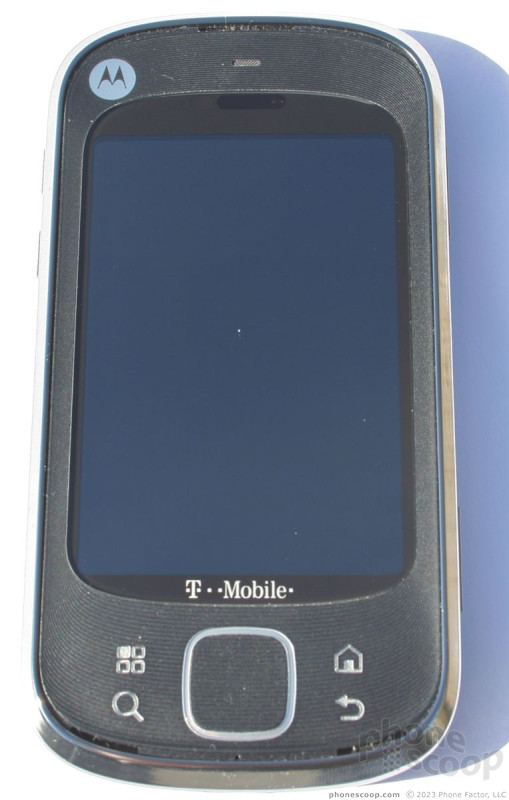








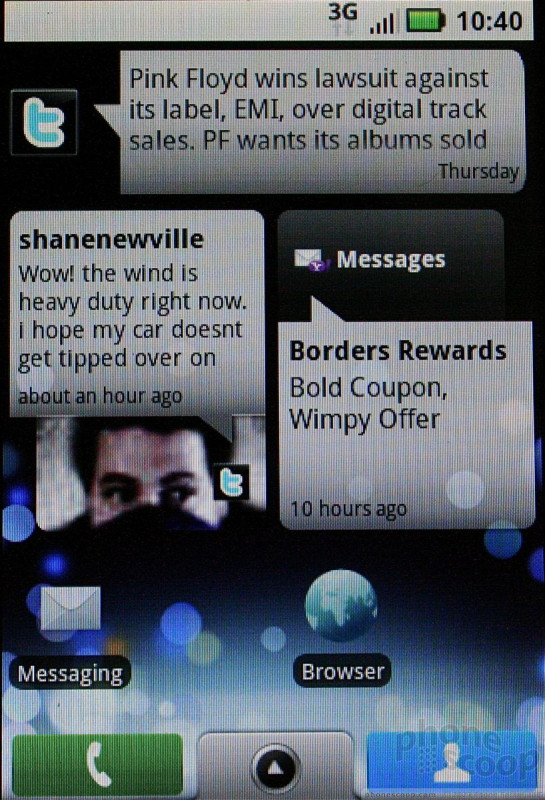





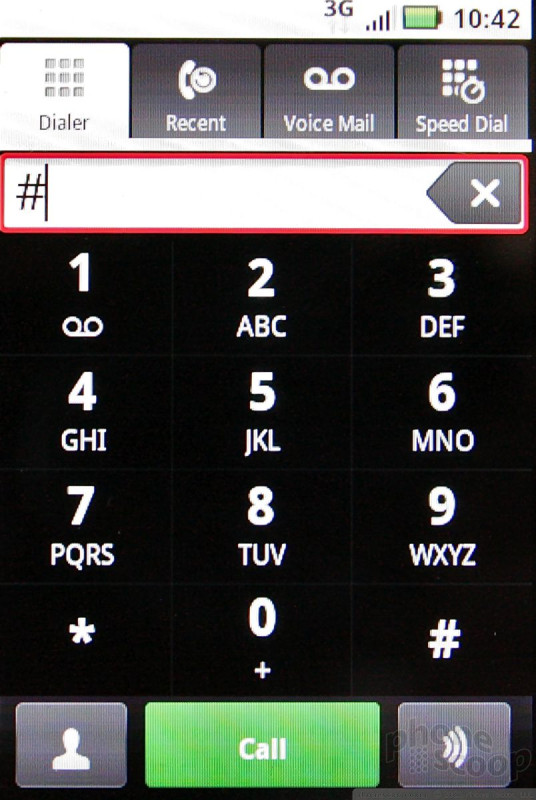



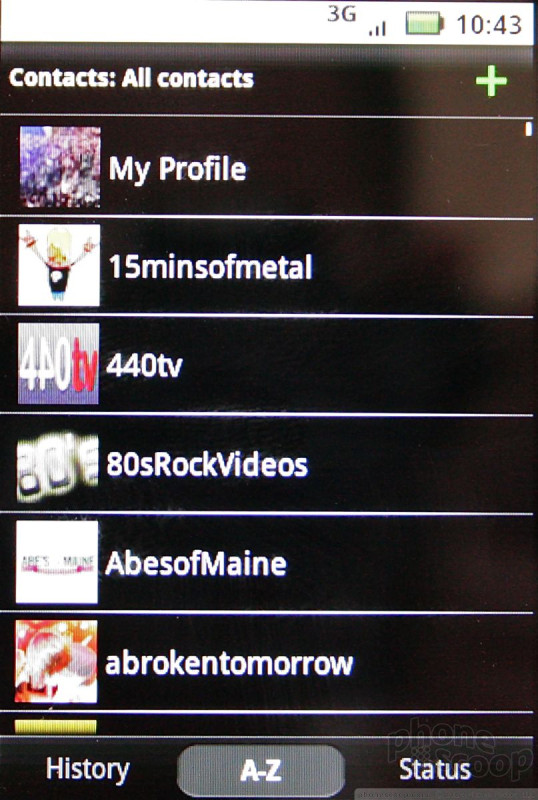



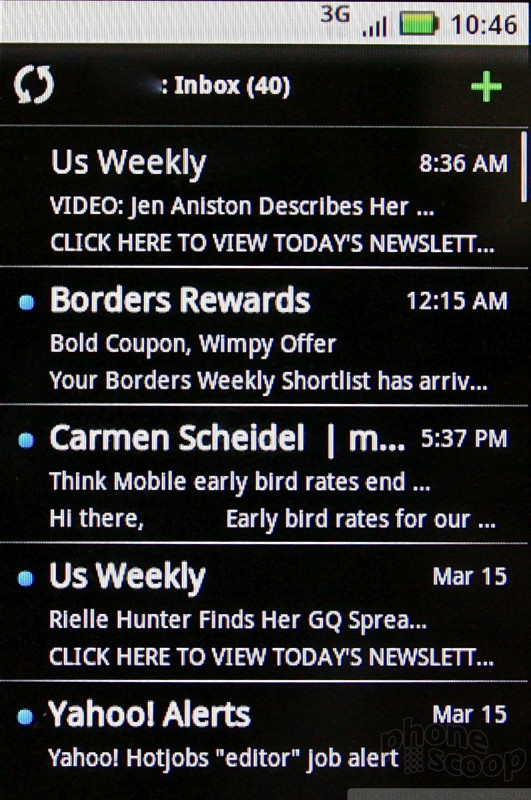












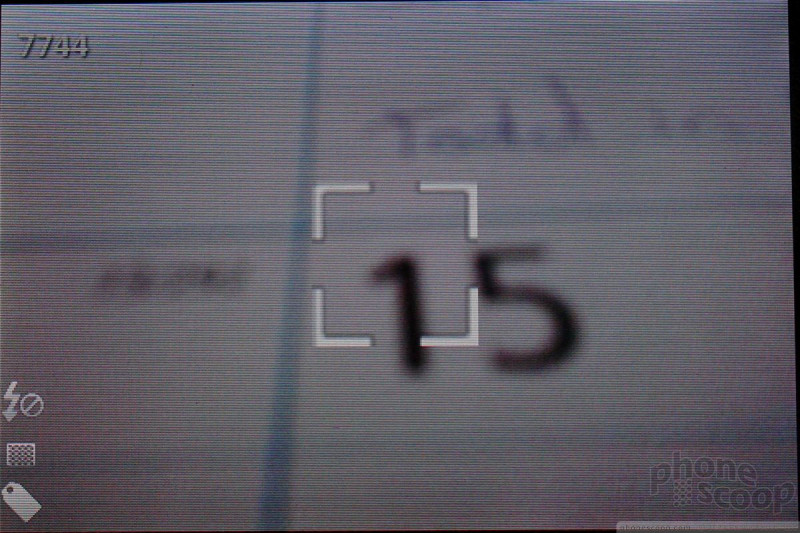




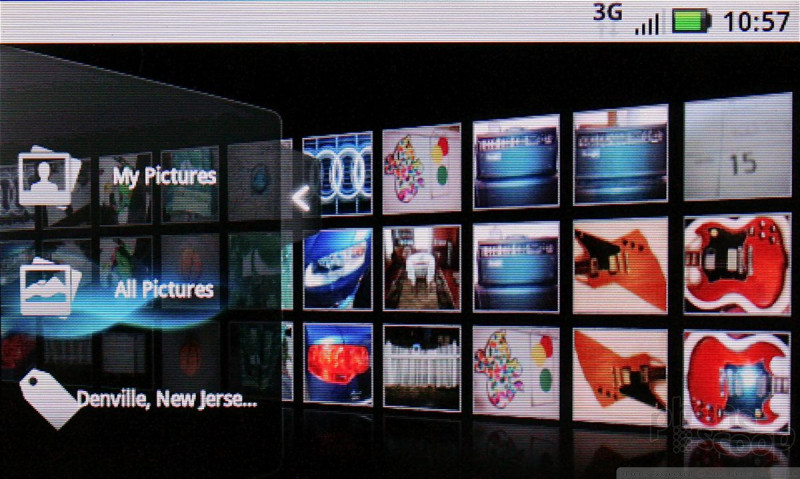





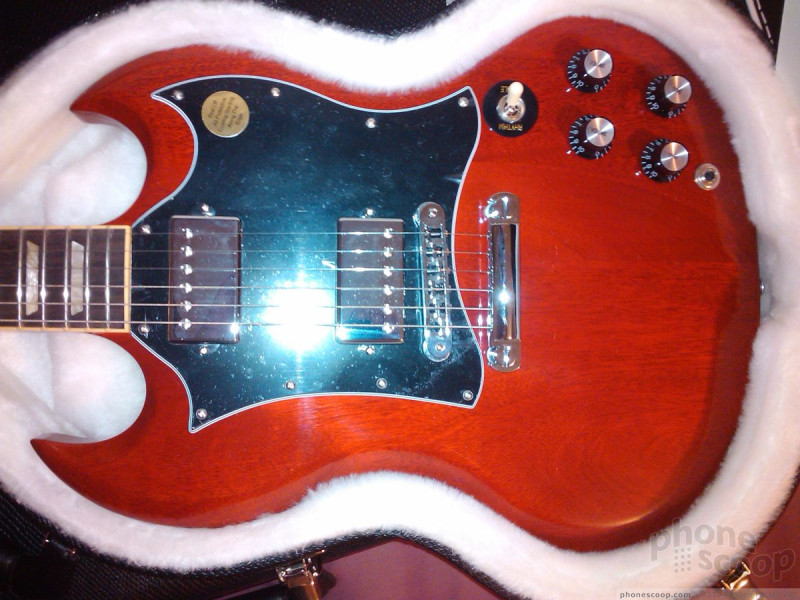















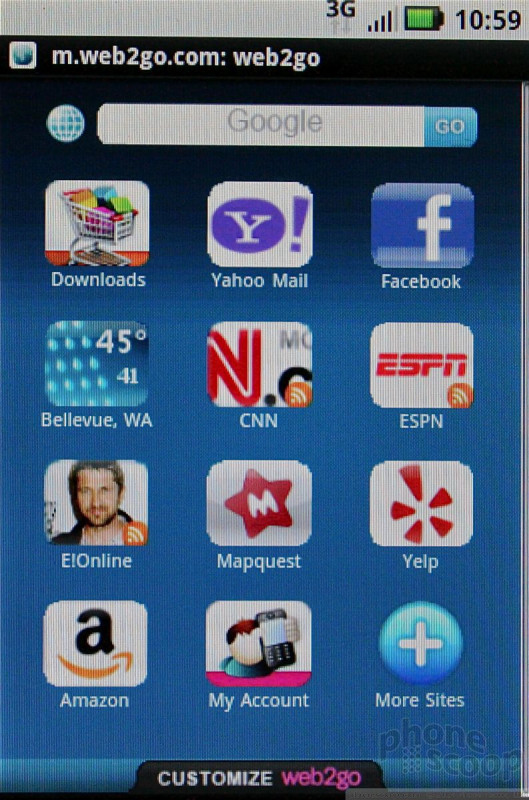




 Samsung Refreshes Galaxy S Series with S Pen, New Cameras
Samsung Refreshes Galaxy S Series with S Pen, New Cameras
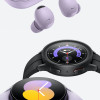 Samsung Upgrades its Wearables
Samsung Upgrades its Wearables
 iPhone 14 Plus Offers a Big Screen For Less
iPhone 14 Plus Offers a Big Screen For Less
 iPhone 13 Upgrades Cameras, Displays
iPhone 13 Upgrades Cameras, Displays
 Apple Intros 3rd Generation AirPods
Apple Intros 3rd Generation AirPods
 Motorola Cliq XT / Quench
Motorola Cliq XT / Quench


